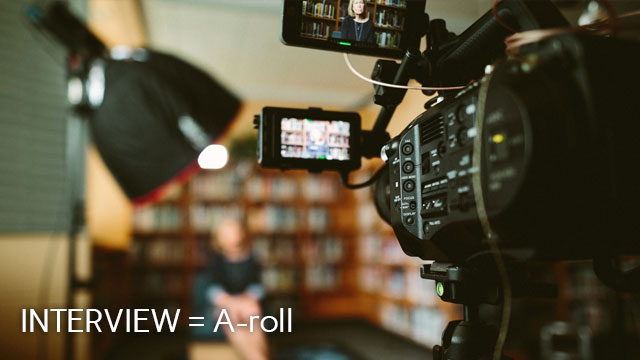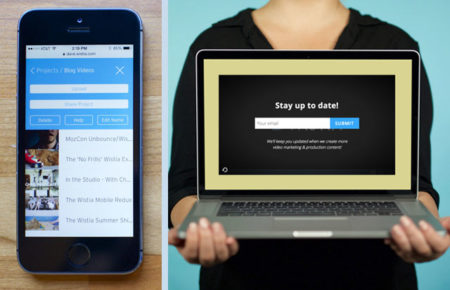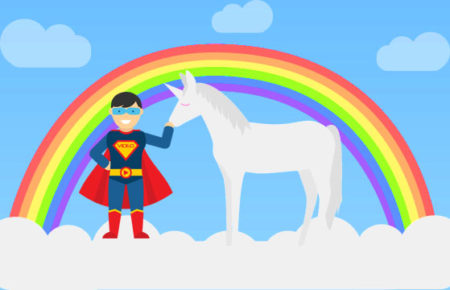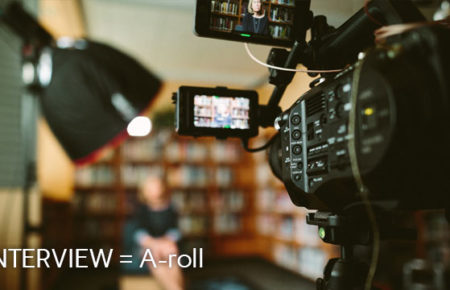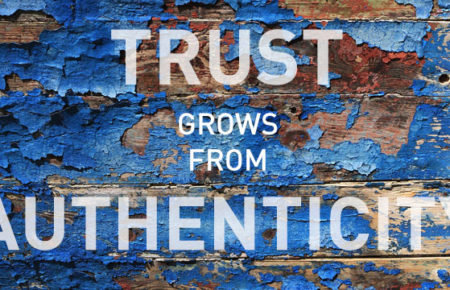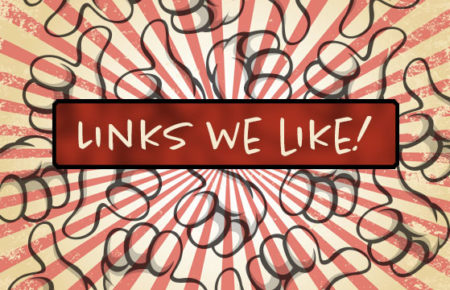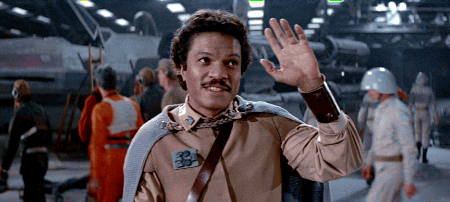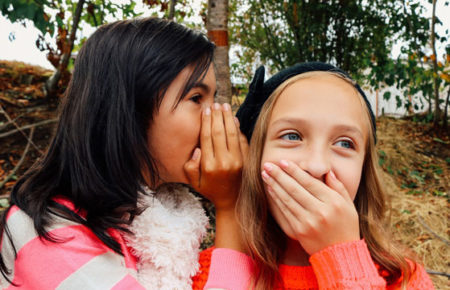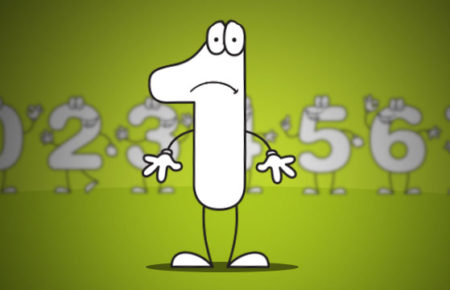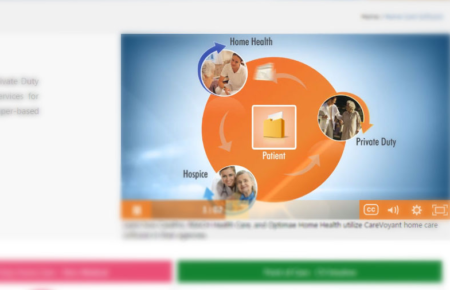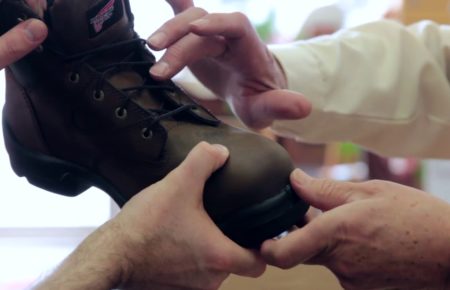B-Roll: Do’s and Don’ts for Video Marketing:
So, you’re ready to dive head first into video marketing and start making video for your company. Well, we want to give you a little inside knowledge so you can communicate effectively with your video production partner.
So without further “a-DO”… here’s our quick list of B-roll DOs and DON’Ts.
DO understand the difference between A-roll and B-roll.
A-roll is the footage that tells the story or gives the message through interviews or dialogue. B-roll is the footage that shows the story or message. For example, you have a product launch video and your VP is talking about the latest, shiniest, new product; this is the A-roll. The B-roll shows the product fresh out of the box doing whatever it does best.
The terms A-roll and B-roll come from the early days of film when two identical reels of footage were used in editing; however, in the digital age, most of us don’t use film. Although the meaning of A and B as applied to video has changed, the terms A-roll and B-roll have wedged themselves firmly into the lexicon. They are both important and they work together.
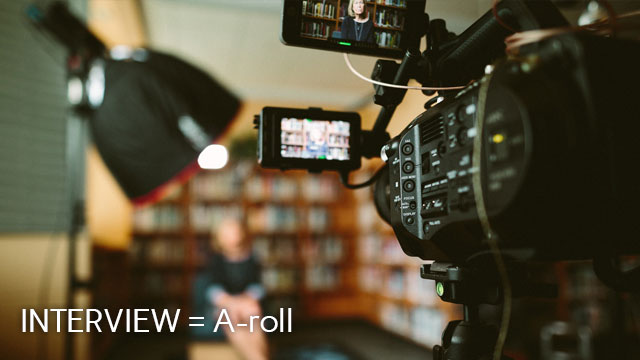
DON’T underestimate the importance of B-roll.
You may really want your video team to focus only on that interview, but human beings have short attention spans. No one wants to look at the interviewee (a.k.a. a “talking head”) for too long. This is where B-roll comes into play. It does the important job of showing what the narration or the interviewee is referencing. If the video is providing a quick introduction to your company, the B-roll should show people interacting with each other, close-ups of products, and shots that give viewers a sense of how things get done at your company.
DO expect to make time to shoot lots (and lots) of B-roll.
By lots (and lots) of B-roll, we mean more than your video production company could ever use in a single video. For example, what everyone originally thought would work as a great shot may not look so perfect once the editing starts. Or maybe the shot is great, but the video editors find that the interviewee has several awkward pauses, which need to be edited out, along with some stumbles or re-starts. Now, the editors need to use more B-roll to cover those edits and that wonderful shot was already used. Having lots of B-roll available gives the editor more choices to work with in creating a visually compelling story for your company.
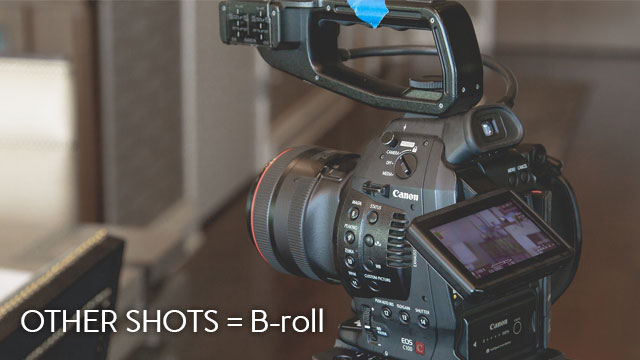
DON’T rely on B-roll to fix all mistakes.
Yes, B-roll is used to cutaway for visual interest and often to cover up necessary edits in the A-roll. That said, B-roll can’t salvage a horrible take on the A-roll. There’s only so much editing “magic” we can do and still maintain a sense of the narrative without it looking choppy. A-roll still has to do its job of “telling” the story. That’s why it’s important to make sure whoever will be on camera is prepared.
DO expect your production team to use a variety of B-roll.
B-roll can provide context, clarify complex concepts through visuals, and cover up mistakes in the A-roll delivery. Your production team will need a variety of visual assets to ensure that all bases are covered. So, in addition to using footage captured on site, B-roll can include graphics, animation, stock footage, and photos of your company–basically anything that will support the message of the video. Your video production company may ask for access to something that you think isn’t relevant, but it may provide additional visual context.
Now that you know the importance of B-roll you can plan ahead, gather photos if you have them, make suggestions, and guide your video production team towards images that help create the most effective video for your company!

